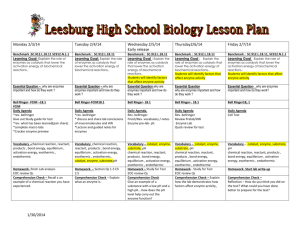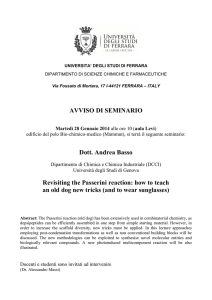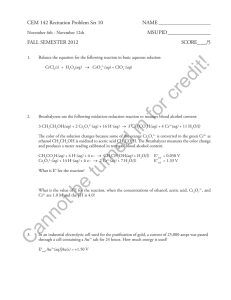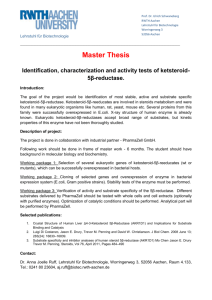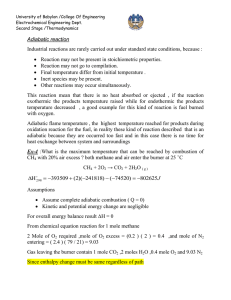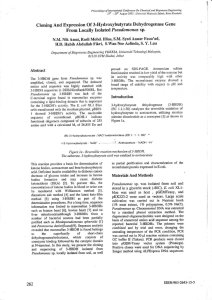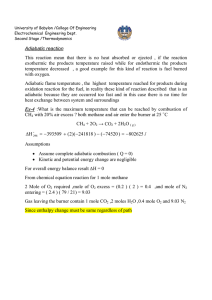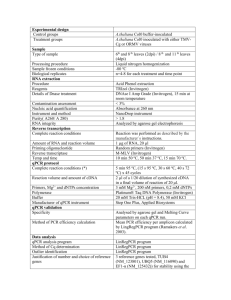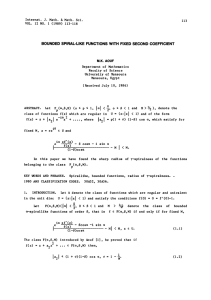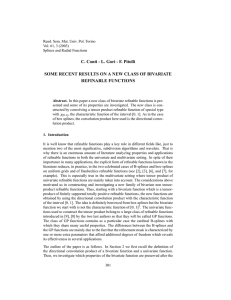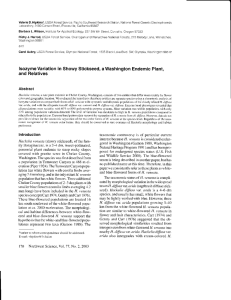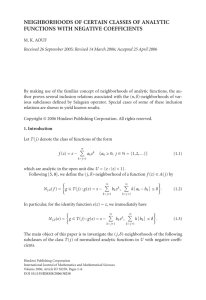BiomoleculesReview
advertisement
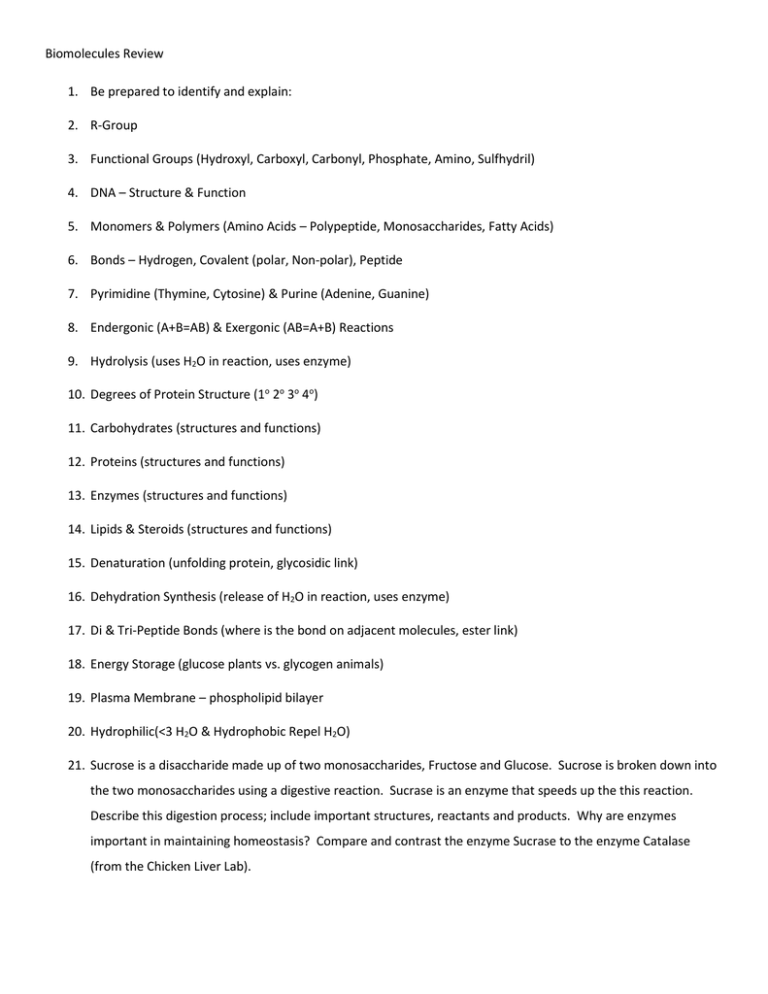
Biomolecules Review 1. Be prepared to identify and explain: 2. R-Group 3. Functional Groups (Hydroxyl, Carboxyl, Carbonyl, Phosphate, Amino, Sulfhydril) 4. DNA – Structure & Function 5. Monomers & Polymers (Amino Acids – Polypeptide, Monosaccharides, Fatty Acids) 6. Bonds – Hydrogen, Covalent (polar, Non-polar), Peptide 7. Pyrimidine (Thymine, Cytosine) & Purine (Adenine, Guanine) 8. Endergonic (A+B=AB) & Exergonic (AB=A+B) Reactions 9. Hydrolysis (uses H2O in reaction, uses enzyme) 10. Degrees of Protein Structure (1o 2o 3o 4o) 11. Carbohydrates (structures and functions) 12. Proteins (structures and functions) 13. Enzymes (structures and functions) 14. Lipids & Steroids (structures and functions) 15. Denaturation (unfolding protein, glycosidic link) 16. Dehydration Synthesis (release of H2O in reaction, uses enzyme) 17. Di & Tri-Peptide Bonds (where is the bond on adjacent molecules, ester link) 18. Energy Storage (glucose plants vs. glycogen animals) 19. Plasma Membrane – phospholipid bilayer 20. Hydrophilic(<3 H2O & Hydrophobic Repel H2O) 21. Sucrose is a disaccharide made up of two monosaccharides, Fructose and Glucose. Sucrose is broken down into the two monosaccharides using a digestive reaction. Sucrase is an enzyme that speeds up the this reaction. Describe this digestion process; include important structures, reactants and products. Why are enzymes important in maintaining homeostasis? Compare and contrast the enzyme Sucrase to the enzyme Catalase (from the Chicken Liver Lab).
